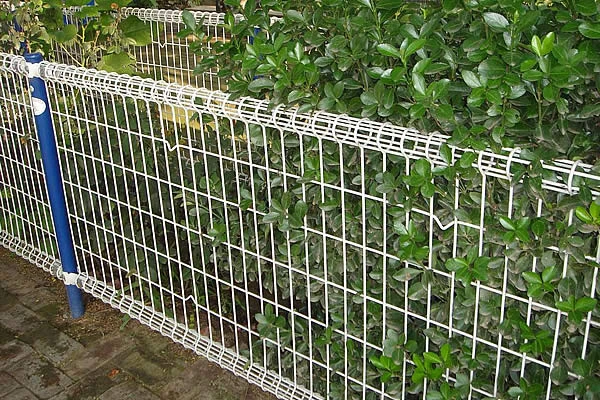 TEL:
+86-13102802206
TEL:
+86-13102802206
 Email:
fencenetting@china.com
Email:
fencenetting@china.com
 Language
Language
 TEL:
+86-13102802206
TEL:
+86-13102802206
 Email:
fencenetting@china.com
Email:
fencenetting@china.com
 Language
Language


The Versatility and Strength of Gabion Rock Walls
In the realm of modern engineering and landscape architecture, few structures exemplify both functionality and aesthetic appeal as effectively as gabion rock walls. These innovative constructions, made from wire mesh cages filled with rocks, offer a variety of benefits, making them an increasingly popular choice for both commercial and residential projects.
What are Gabion Rock Walls?
Gabion walls consist of rectangular or cubic wire mesh containers filled with natural stones, gravel, or sometimes recycled materials. The term “gabion” originates from the Italian word “gabbione,” meaning “large cage.” These walls come in various sizes and can be stacked to create different shapes and heights. The wire mesh is typically made of galvanized steel or other corrosion-resistant materials, ensuring durability and longevity.
Advantages of Gabion Rock Walls
1. Erosion Control One of the primary purposes of gabion walls is their ability to control soil erosion. Positioned along riversides, slopes, or coastal areas, these structures absorb and deflect the energy of flowing water, thereby minimizing the rate of erosion. The voids in the rocks also promote vegetation growth, which stabilizes the soil further.
2. Aesthetic Appeal Beyond their structural functionality, gabion walls can add significant visual interest to landscapes. They can be designed with a variety of stone types and colors, allowing them to blend seamlessly into their natural surroundings. Homeowners and landscape architects often use them in garden designs, patios, and as decorative features in public spaces.
3. Sustainability Gabion walls are an environmentally friendly option. They often utilize locally sourced materials, reducing the carbon footprint associated with transportation. Additionally, because they promote natural vegetation, they help maintain natural habitats and biodiversity.

4. Cost-Effectiveness Compared to traditional retaining walls constructed from concrete or masonry, gabion walls can often be a more economical choice. The materials are relatively inexpensive, and the construction process requires less skilled labor, making it accessible for DIY projects.
5. Flexibility and Adaptability Gabion rock walls can adapt to various environmental conditions and can be constructed in diverse locations. They can be designed to accommodate changes in climate, such as heavy rainfall or flooding, and can be easily modified or removed if necessary.
Construction Considerations
While the benefits of gabion walls are numerous, certain considerations must be taken into account during construction. Proper drainage must be ensured to prevent water accumulation and potential structural failure. The selection of stones is also crucial; they should be durable and not susceptible to weathering. Furthermore, the design should account for local regulations and zoning laws, as certain areas may have guidelines for landscape structures.
Applications of Gabion Rock Walls
Gabion walls can be utilized in various applications. They are commonly used in civil engineering projects for roads, bridges, and dams. In landscaping, they serve as retaining walls, decorative borders, or even benches. Their versatility allows them to be integrated into urban environments, providing sound barriers or privacy screens.
Conclusion
Gabion rock walls represent a harmonious blend of strength and beauty. Their multitude of benefits—ranging from erosion control to aesthetic enhancement—alongside their sustainable and cost-effective nature, make them a wise choice for a variety of projects. As we move towards a future that prioritizes sustainability and innovative design, gabion walls will undoubtedly continue to play a significant role in both landscape architecture and civil engineering. Embracing this method of construction opens up new possibilities for creativity and functionality in our ever-evolving built environment.